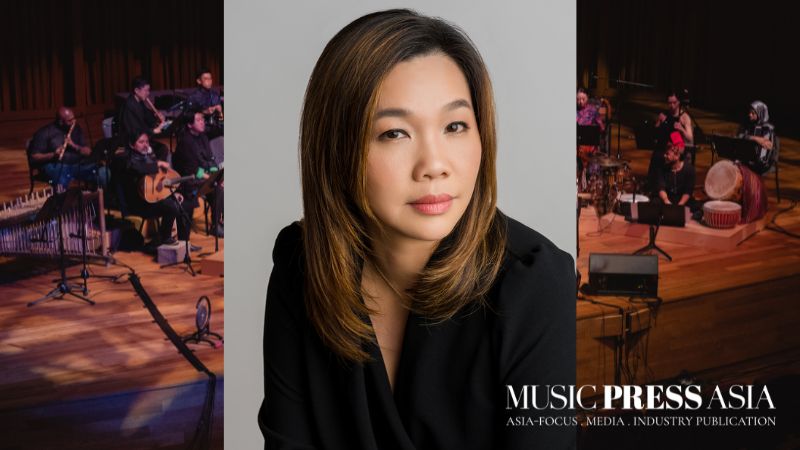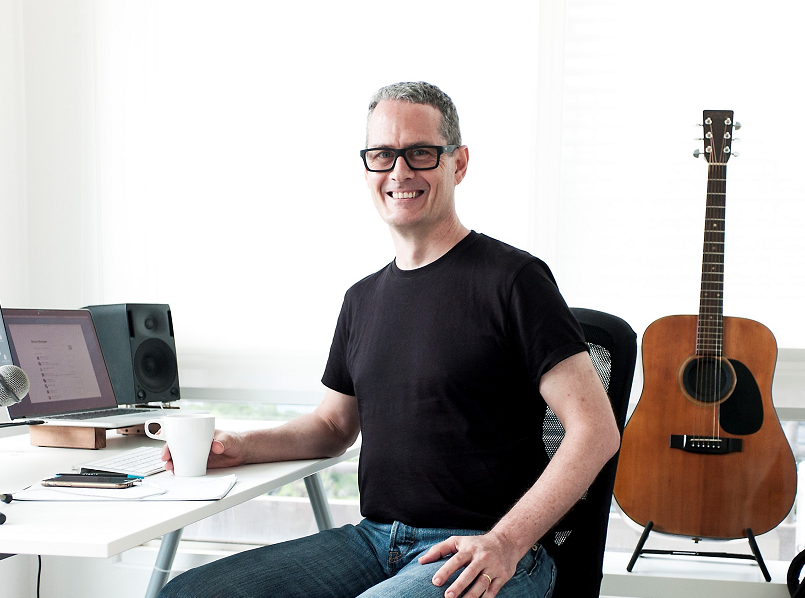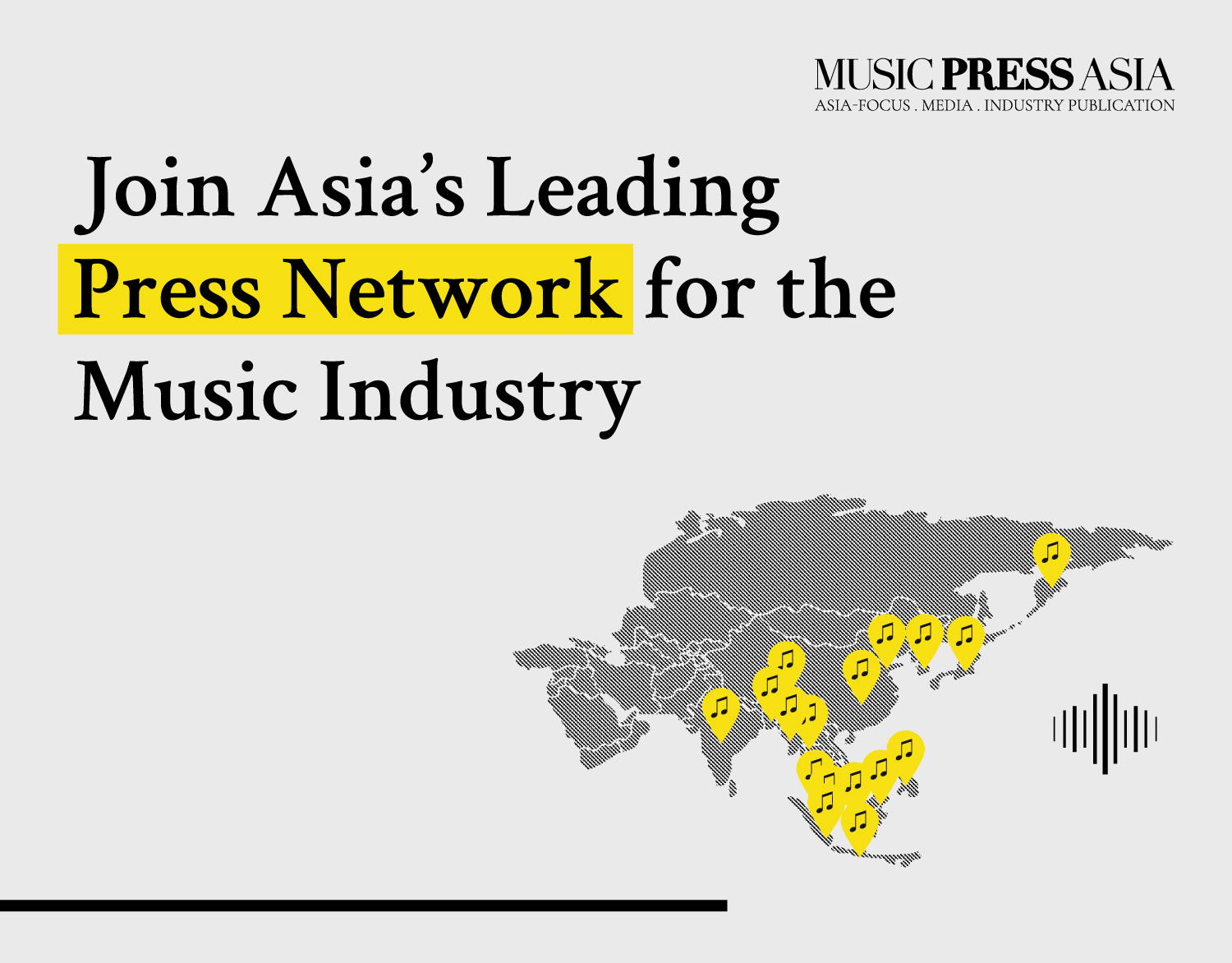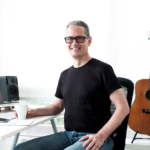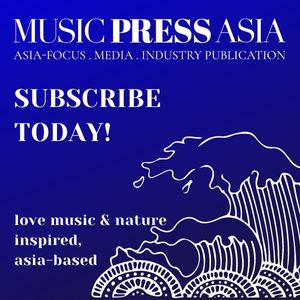AudioStretch from a Tech Perspective (2/2)
We have the founder of AudioStretch – Gerry Beauregard, Associate VP, Audio Core Lead of BandLab Technologies – share his passion for music education; how his musical journey has led him from learning the guitar to developing a power tool that transcribes audio and video files.
We have the founder of AudioStretch – Gerry Beauregard, Associate VP, Audio Core Lead of BandLab Technologies – share his passion for music education; how his musical journey has led him from learning the guitar to developing a power tool that transcribes audio and video files.
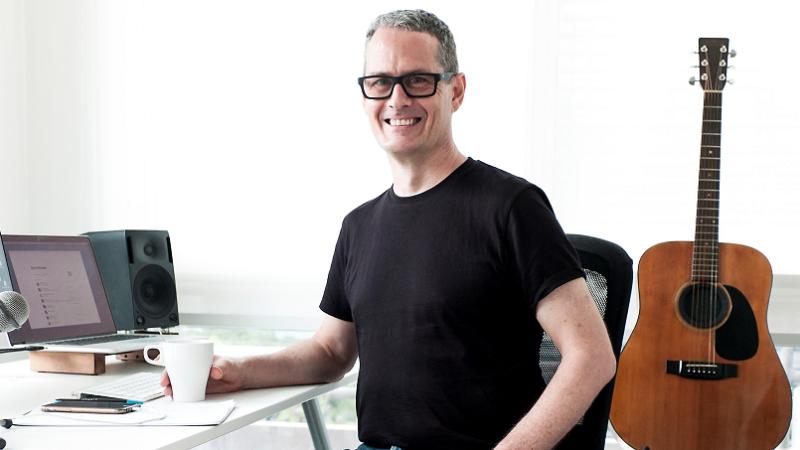
Gerry Beauregard, founder of AudioStretch, is now the Associate VP , Audio Core Lead at BandLab
page 2 continues… / Back to first page
Q: Besides your skill being a software engineer, what sort of experience/knowledge do you need to understand and develop audio software like AudioStretch?
I have over 30 years of experience developing software and training in electrical engineering including digital signal processing – as well as just as many years as a musician. To successfully develop AudioStretch I needed general software engineering knowledge, and specific knowledge for the particular platform (in this case iOS).
You also need a deep appreciation of the purpose of the product you are trying to create. I’ve been playing the guitar for over 30 years, so I have first-hand experience with the problem of trying to figure out music from a recording.
For someone wanting to get into this field, I would recommend they focus on studying math, coding, software development, music and everything at the intersections of those domains. More generally beyond music software – it is important for software engineers to understand the domain they are writing software for.
It’s not enough to be a master coder – you need knowledge of the field to which the software is being applied. This means that you understand your end user, you are not working from specifications that someone gives you, you know what needs to be done because you intimately understand the problem. You also need to have high standards – your users will investigate every detail of your app and you want to make sure you’ve thought three steps ahead!
Q: What is the future of developing software – the trends in the development of music technologies?
I’m interested generally in the future of music software technologies. Philosophically, I like digital products/ tools that amplify people’s intelligence – that take up the heavy lifting of the ‘dumb’ work to free humans to do what they do best, in this case, make great music. AudioStretch helps do the heavy lifting when dissecting music, so musicians can quickly and accurately transcribe a piece and move on to making music.
At BandLab Technologies, we are solving the problems of the modern musician. These barriers to creation were traditionally things like access to resources, finding other musicians, access to instruments, studios and recording equipment. Our digital flagship product BandLab, the social music platform, leverages technology to overcome these obstacles. We are focused on users being able to create – because this is where we see music moving to, beyond just consumption into everyone having the tools and opportunity to create. We also work to foster opportunities for collaboration – one of the great beauties of making music is connecting with other people and creating together, and we are using the cloud to allow people to do this seamlessly online.
Q: Is AudioStretch hoping to gain market share in the booming tech scene in Asia by selling it to a Singapore-based company like BandLab? What is included in the deal?
This company was conceived and developed in Singapore. Our target market is worldwide – we sell everywhere and we are looking to help musicians no matter where they are. Singapore is a great place to be based for tech entrepreneurs generally. As it is a small market, it forces you to think internationally from day one.
I can’t share details of the deal, but I am very pleased to be working with the BandLab team. Joining forces with BandLab meant that I was part of a team of talented developers, designers and marketers who have been instrumental in bringing AudioStretch to the next level. It’s been an utter transformation. For example, I would have never been able to go to an international trade show with AudioStretch as a standalone app.
Q: How did you come about developing a programme to manipulate pitch and the wonderful idea of importing tracks?
Although I was trained as a classical guitarist, I loved pop and rock songs and wanted to figure out how to play what I was hearing on the radio. I was frustrated by the fact that sheet music for pop was either unavailable or inaccurate.
If I tried to learn a piece by ear or transcribe it, it took a long time and I wore out a lot of tapes and LPs replaying sections over and over again. But really what I wanted was to be able to hear the piece played accurately but more slowly so I could pick it apart.
I knew there had to be a better way to closely listen to any piece of music to learn or transcribe it. That’s when I came up with the idea for a tool that operated like a sonic microscope – to let you examine what is happening in music very carefully, and zoom right in on every detail.


